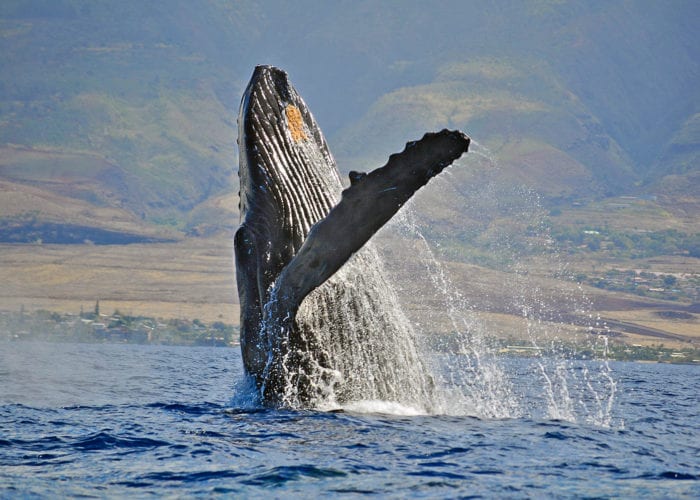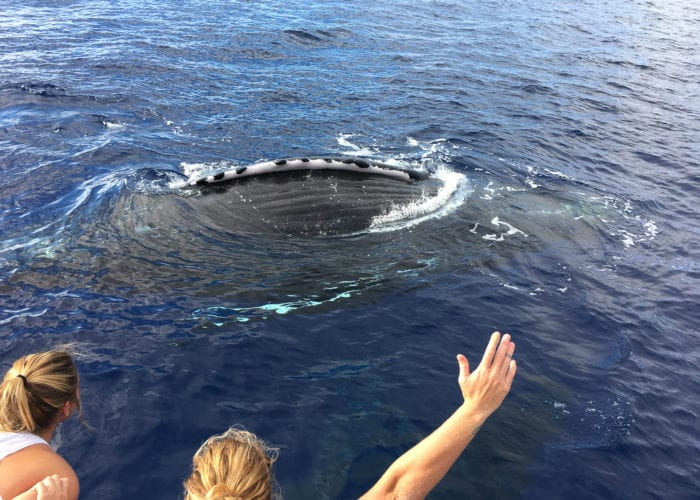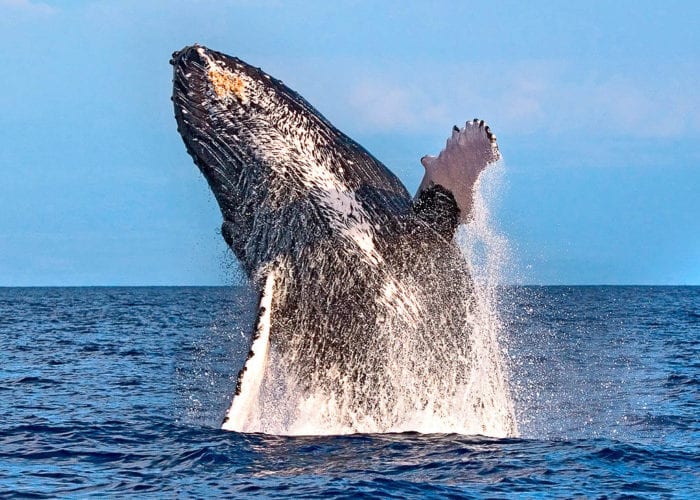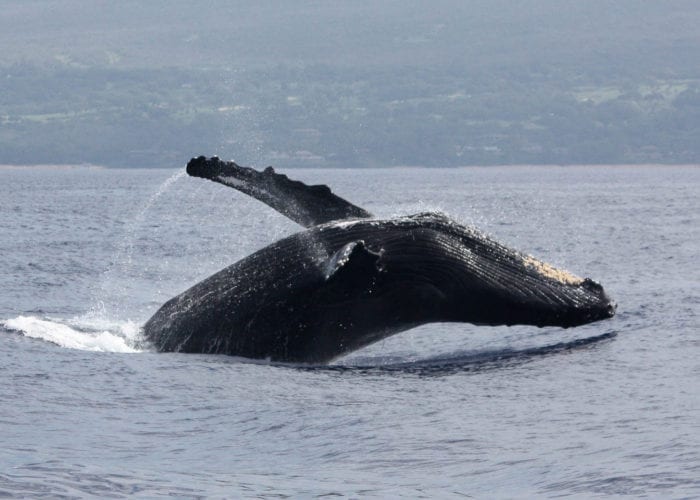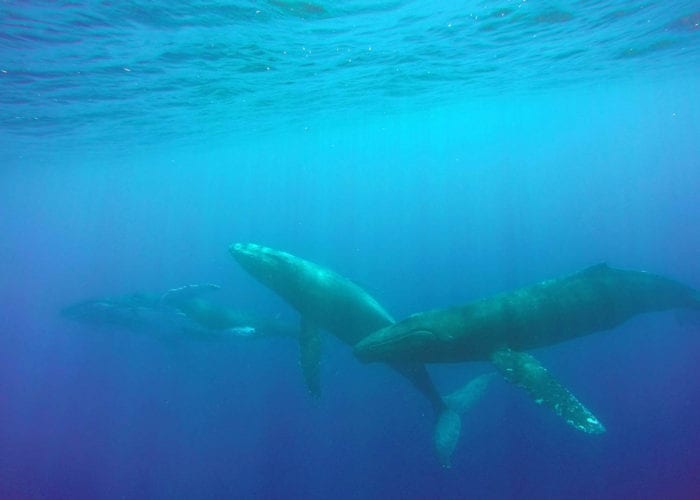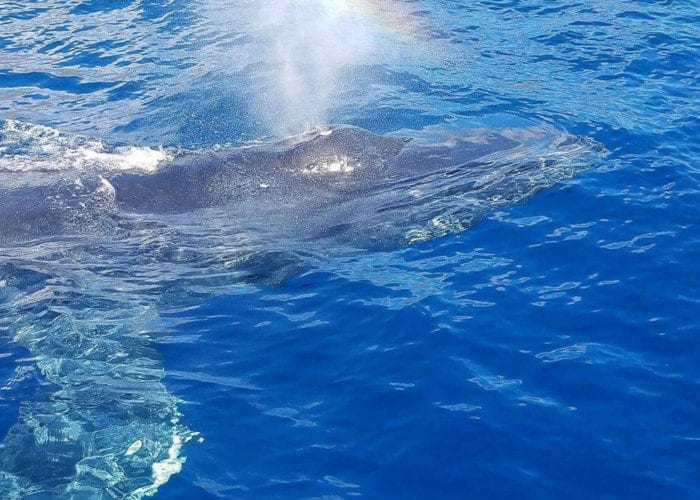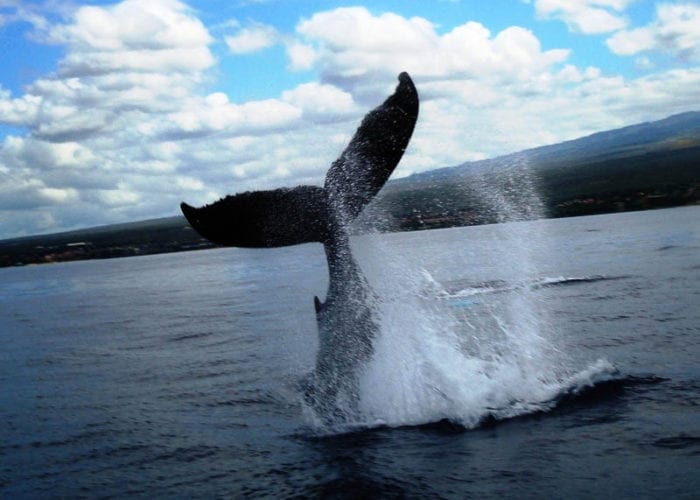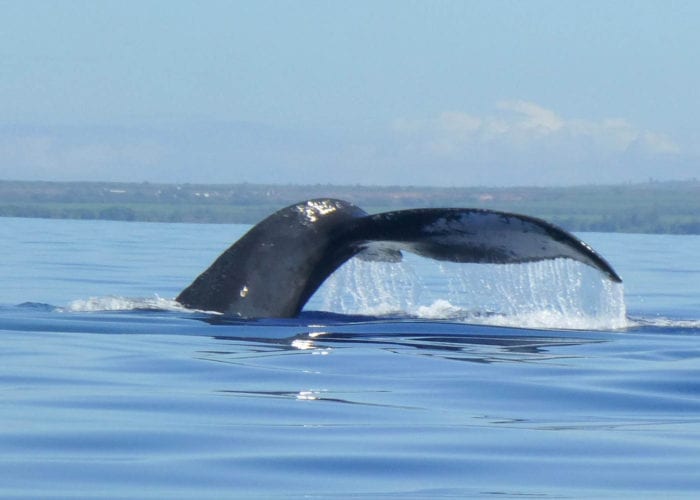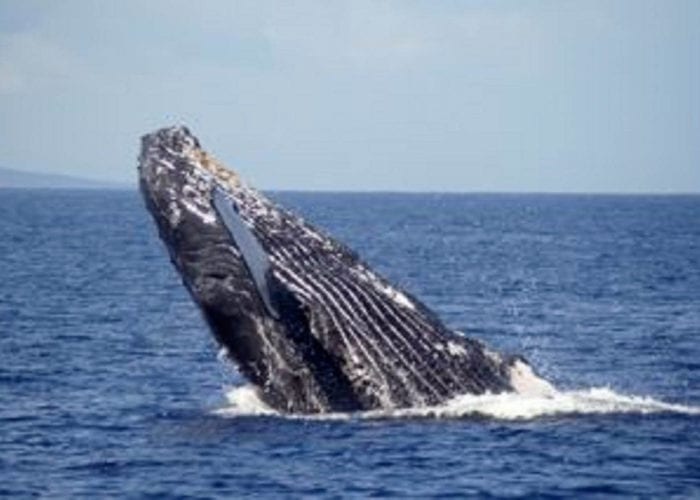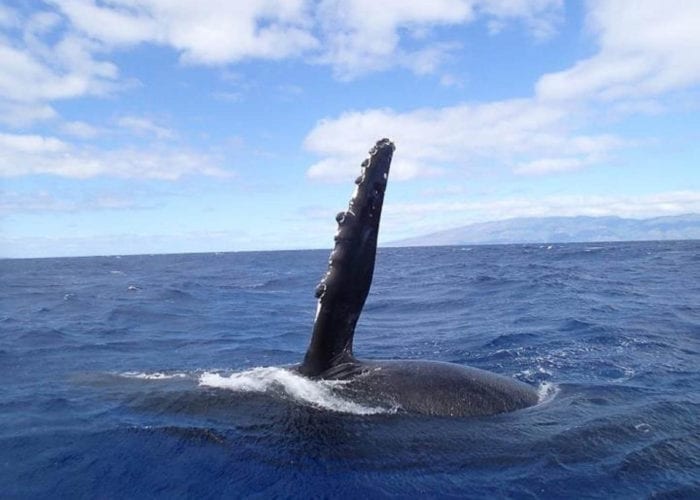Whale Watching Maui
Maui’s Annual Whale Watching Season
December-March
Humpback whales migrate from Alaskan waters every year to calve, mate, and rear their young in the warm Maui ocean. Whale watching season in Maui happens annually, from December through March, and it is definitely our favorite time of the year! The whales are abundant and provide Maui residents and visitors with a great opportunity to watch humpback whales in their natural habitat.
When is Whale Season in Maui?
Whale watching in Maui is annually, during December through March.
When is the Best Time of Day to Whale Watch in Maui?
Ocean conditions are typically best in the morning, however, the whales are active all day long! The best time to see whales in Maui is when you are here, during the months of December through March.
Can You Whale Watch from Shore?
Yes, you can whale watch from Maui’s shoreline, but the whales might be a ways off in the distance. The best way to view them is on a boat tour, where you can get closer to them in their natural habitat and feel their presence.
How Frequent are Maui Whale Sightings?
During the months of December through March, we are given the opportunity to witness quite a few whale sightings. Every year is different, however, and the amount of whales that visit Maui can vary each season.
Do You Want to See Whales?
The Four Winds offers Seasonal Whale Watch & Snorkel Tours from December through March. Book our morning or afternoon snorkel tour and enjoy the added bonus of witnessing these magnificent creatures!
See the Whales Perform Aerobatics, Breaches, Tail Slaps, Spy Hopping, and More!
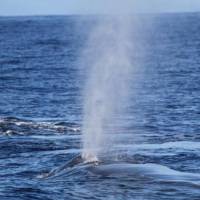
Blow
Usually the first indication that whales are nearby is by their blow, which is how the humpbacks exhale air. On average, adult whales breathe about every 15 minutes while juveniles need to rise to the surface about every 5 minutes.
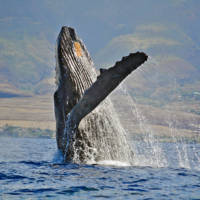
Breaching
A whale breach is an acrobatic display where the humpback whale launches itself out of the water and then lands back onto the surface, creating a huge splash!
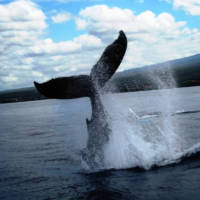
Tail Slap
A tail slap consists of a whale raising its tail flukes out of the water and slapping them forcefully on the waters surface, resulting in a tremendous splash that can be heard far away. Usually the humpback whales will repeat this behavior over and over.
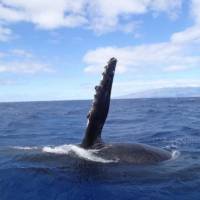
Pectoral Slap
While at the surface of the water, humpback whales will lay on their sides, lift their fins into the air, and then slap them down on the water, creating a loud smack.
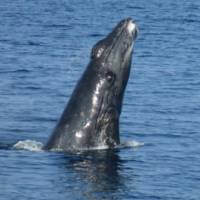
Head Rise or Spy Hop
This is truly a sight to see! Whales are extremely curious of us as well, and often times they will rise vertically up towards the surface, poke their head out of the water, and view what is happening above them.
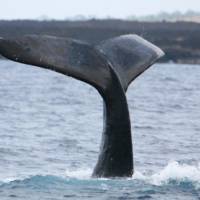
Fluke Up Dive
The ‘fluke up dive’ is usually a signal that the whale is departing for a deep dive. The humpback arches its massive tail fluke up into the air, and then slowly and gently dives into the deep. In Maui, this is a whales way of saying “Aloha”
Humpback Whale Fun Facts
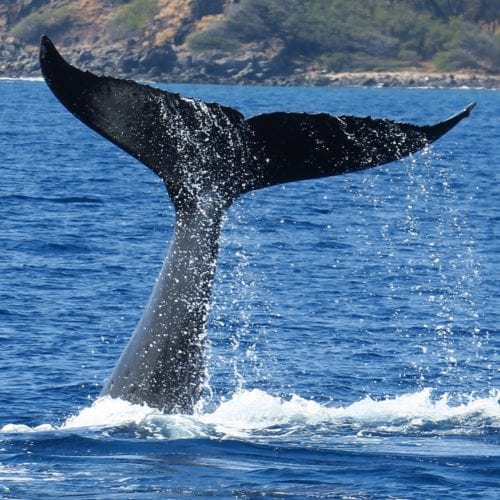
Whales don’t eat while in Maui; they live off their body fat. The humpback whales hunt and feed during the summer months in the cold waters of Alaska, before they migrate towards Hawaii to give birth and mate.
Whales often travel in pods. In most cases, a pod may consist of a mother whale and her child, escort, or friends who have formed a bond and help protect the young calf while migrating.
The humpbacks majestic whale songs are often heard during mating season when groups of males sing, in order to attract a female to mate. These complex songs can be heard for miles and can last anywhere from 20 minutes to 24 hours!
A female whale can bear offspring once every 2-3 years. The average duration of gestation is 12 months. Even if a female is not carrying a calf or mating, she will still make the annual trip from the cold Alaskan waters to Maui.
Adult whales can reach 45-feet in length and weigh up to 40 tons!
One of the largest ever recorded humpback whales measured in at 89 ft long
Calves are born weighing in at around 3000 pounds and grow at a rate of 200 pounds a day during the first few weeks of life. Calves drink as much as 600 liters of milk per day to help prepare them for the trip towards Alaska.
Humpback whales can hunt in cooperative groups of 15 or more when searching for food in Alaska.
Since 1966, humpback whales have been protected and continue to remain on our endangered species list. It is estimated that as much as 90% of the humpback whales population was eliminated during the whaling era.
The lifespan of a whale is said to average 50 years.
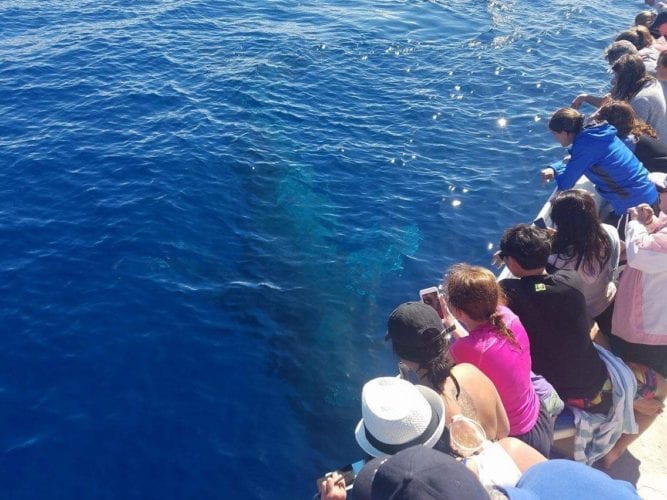
Maui's Best Whale Watching Tour - Combine Snorkeling and Whale Watching!
Join us on our Maui Whale Watch and Snorkel Combo Tour, which dedicates a special amount of time to finding whales and observing them in the wild in Maui. Our snorkel tours whale watch to and from the snorkel destination. See the humpback whales up close AND visit Maui’s top rated snorkel destination, Coral Gardens.
Seasonal – Runs December – March
